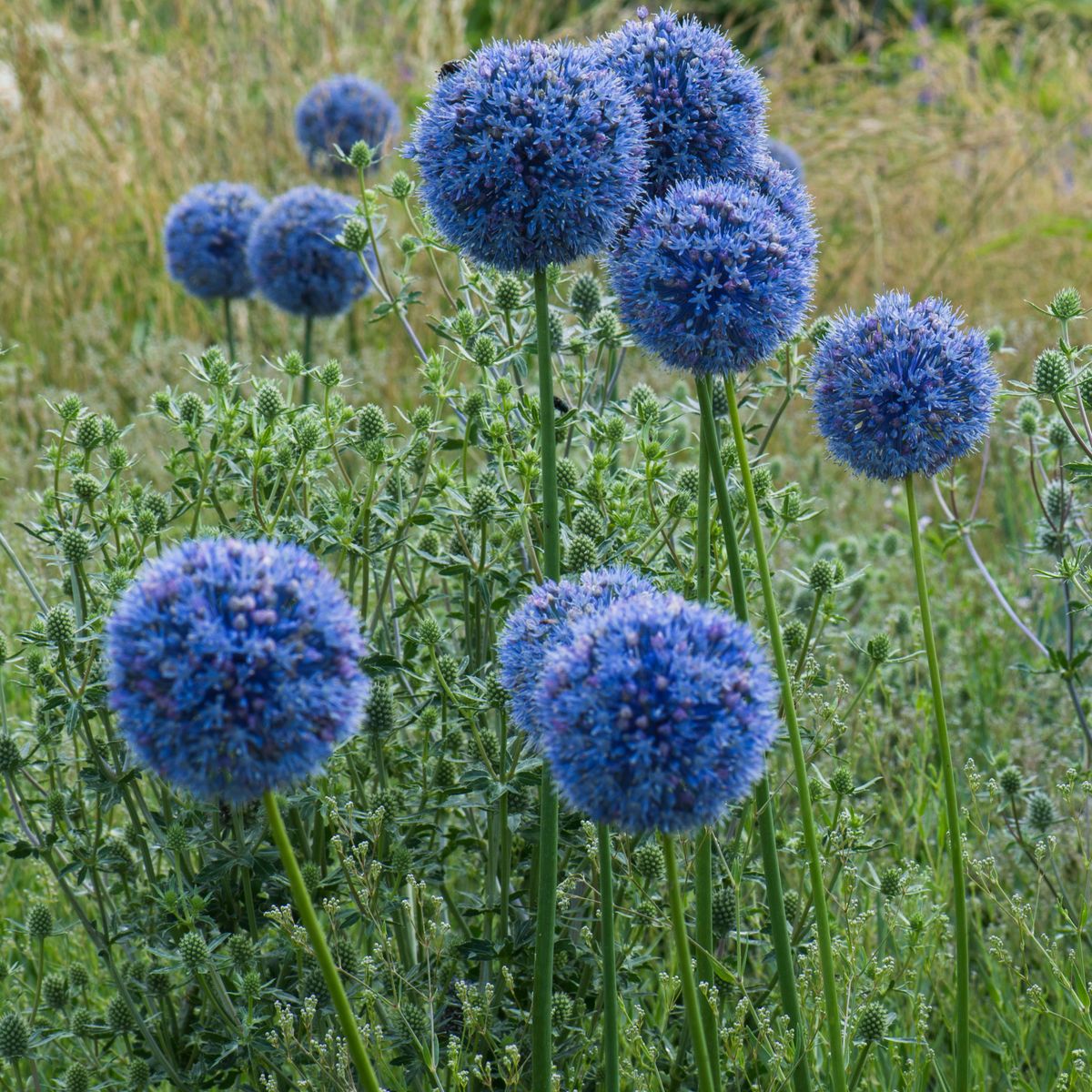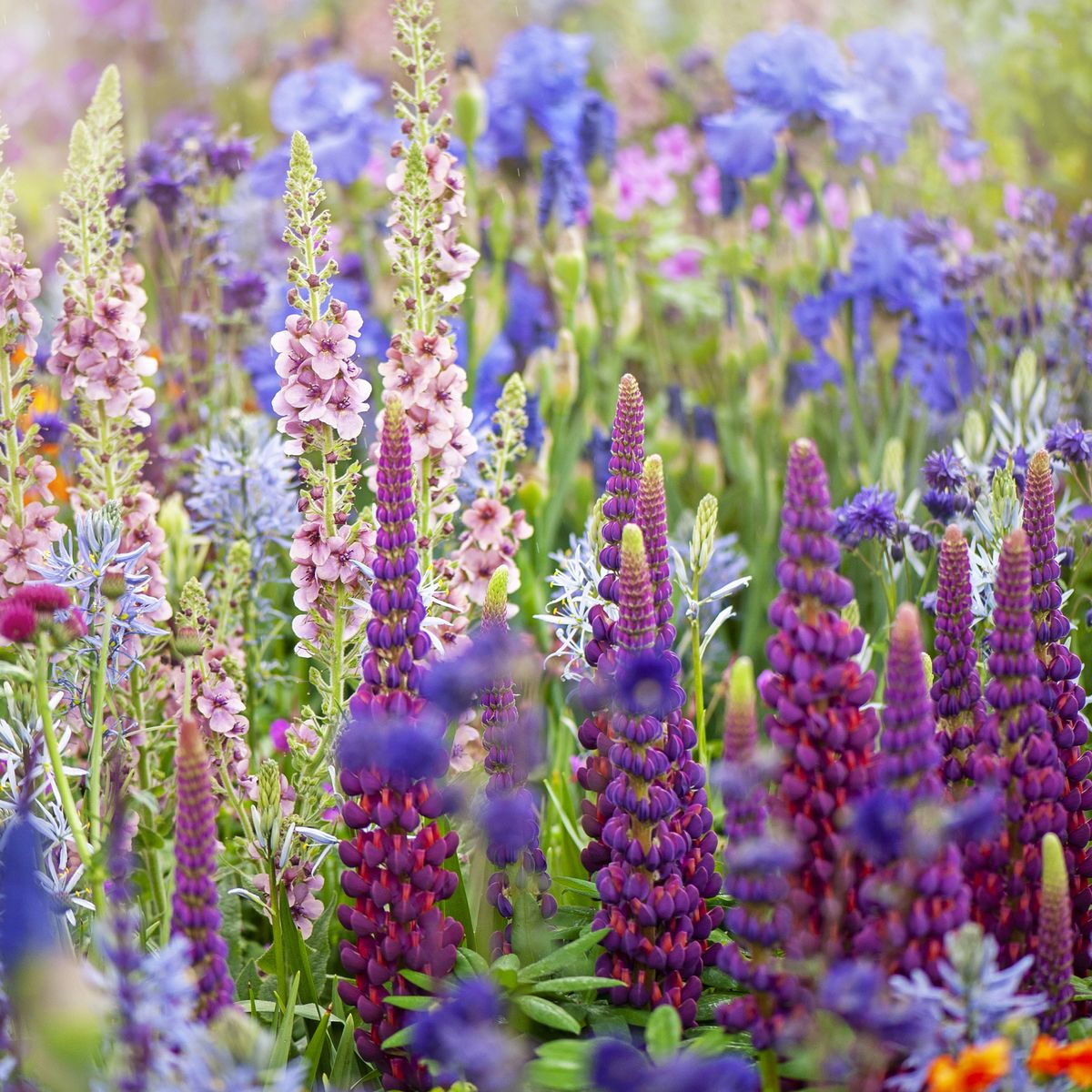What do you get when you take a plant, give it an interesting common name, and let people run with it?
If you said Alocasia Amazonica (a-loh-KAY-see-uh am-uh-ZOH-nik-uh), you win the quiz.
This wonderful plant’s scientific name is Alocasia longiloba x Alocasia sanderiana (Alocasia x amazonica for short), two Asian species.
Salvadore Mauro is credited with having created the hybrid we know and love in the 1950s. The plant’s common name is in honor of his Florida-based Amazon Nursery (although we don’t know who gave the plant that name).
But once you set all of these strange naming issues aside, you have a beautiful perennial from the Araceae family that has earned such nicknames as:
Many believe that Alocasia Amazonica and Alocasia Polly are so similar (the only difference is a slight variation in size) that they are the same species, especially since Polly’s scientific name has been proven fictitious.
As a result, Alocasia Amazonica’ Polly’, Alocasia’ Poly,’ and Alocasia’ Polly’ are now generally considered nicknames for Alocasia Amazonica.
African Mask Plant Care
Size & Growth
Alocasia Amazonica is not a plant for the impatient, taking 5 to 10 years to reach full maturity.
As an adult, it generally measures up to 2′ feet tall and just as wide.
The leaves are large, glossy, and arrow-shaped, lending to the nickname of elephant’s ear.
These evergreen leaves are a deep green with thick silver to white veins and wavy margins.
In proper conditions, each leaf can grow as long as 16″ inches.
Flowering and Fragrance
It wouldn’t be amiss to say that one may truly tell their Amazonica is happy if it graces them with flowers.
Even outdoors, the spadix of white to yellow flowers are incredibly rare and easily hidden by the plant’s foliage.
Light & Temperature
As with all alocasias, Alocasia Amazonica is adapted for life under a canopy.
Under no circumstances should you keep it in direct sunlight, as this may result in leaf burn.
That said, the plant loves light, so aim for a spot where it will receive bright, indirect sunlight or dappled sunlight.
A window spot with morning or evening exposure is okay, as long as it’s sheltered during the hottest parts of the day.
Likewise, you’ll want to give this plant moderate humidity, ideally around 50% percent.
If you’re worried the plant won’t get enough ambient humidity, try placing it near a humidifier, give it a pebble tray, or group it with other plants.
Amazonica’s parents are both tropical, so it tends to prefer warmer temperatures.
It can be planted outside in USDA hardiness zones 8b to 12.
Indoors, keep it at temperatures between 65 and 80° degrees Fahrenheit, as anything below that will cause the plant to go dormant.
Be warned that temperatures below 54° degrees Fahrenheit can cause permanent damage or even kill your elephant ear.
Sudden temperature changes can also cause problems, so place the plant somewhere sheltered from wind or drafts.
Watering and Feeding
Before watering your African mask plant, use your finger to check the soil dryness.
Once it’s dry down to 2 to 3″ inches, it’s time for water.
Using distilled water or rainwater, saturate the container until it begins to seep from the drainage holes.
This not only ensures even water distribution, but it can also flush out harmful minerals such as salt.
Use a quality liquid houseplant fertilizer with iron and dilute by half.
Feed after watering, monthly during spring and summer, then one last time in autumn.
Soil & Transplanting
Your African mask plant needs well-draining, light soil to stretch its roots.
An orchid or jungle mix will work well and may be amended with an aggregate such as perlite to ensure it doesn’t compact too much.
For those who like to make their potting soil mixes, a good recipe is:
- Coconut Coir (30% percent)
- Fir Bark, Perlite (25% percent each)
- Horticultural Charcoal, Worm Castings (10% percent each)
This mix replicates the conditions of a forest floor.
Another, simpler recipe is to add equal parts aggregate (ex: coarse sand or perlite), organic matter (such as coco coir or peat), and one part potting mix.
Repotting should be done every 1 to 2 years in the spring, depending on the soil you use.
For soil-free potting mixes, you can repot every two years when the plant becomes rootbound, graduating to the next container size.
Containers with more soil will require annual repotting to provide fresh soil and help ensure there’s not too much mineral buildup.
If you don’t wish to use a bigger container, you can always divide the plant at this time, allowing you to propagate new plants.
Grooming And Maintenance
Alocasia Amazonica doesn’t require a lot of maintenance when cared for properly.
However, you may choose to prune damaged or diseased leaves.
Remember not to prune too much, as it will take a while for new leaves to grow.
Try to do your pruning in spring when the plant is waking up.
Related: Alocasia Frydek The Velvet Alocasia
How To Propagate Amazonian Elephant’s Ear
Division is the most common method of propagating this plant.
Clipping and planting corms is another viable method but are best left to those confident in their skills around roots.
Kris Plant Pests or Diseases
This plant doesn’t have many enemies, with spider mites being the only common pest to cause problems.
Aphids and mealybugs are also known to take up residence among the foliage, but their presence is more of a threat to nearby plants than to Amazonica itself.
Likewise, root rot tends to be the only real bacterial or fungal threat.
As Amazonica is an aroid, it contains high levels of calcium oxalate, which is toxic to both humans and pets.
Wear gloves or wash after handling, as the crystals cause kidney stones and other health issues if ingested.
Alocasia Amazonica Uses
This plant is perfect for terrariums and is an attractive container plant.












